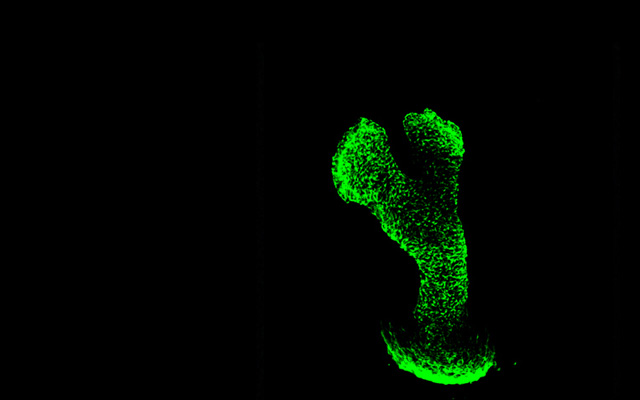The Effect of Butorphanol on OGD/R-Induced Inflammatory Damage of Neural Cells by Regulating the IL-6/JAK2/STAT3 Signaling Pathway
DONG Liqiang1, ZHAO Yunlong2, LI Bing3, SHI Pei4, ZHAO Binbin1*
This study was to investigate the effect of butorphanol on inflammatory damage of neural cells induced by OGD/R (oxygen glucose deprivation/reoxygenation), and to analyze whether its mechanism is related to the IL-6 (interleukin-6)/JAK2 (Janus kinase 2)/STAT3 (signal transducer and activator of transcription 3) signaling pathway. Hippocampal neural cells HT22 were assigned into control (CK) group (normal cultured cells), OGD/R group, low-dose butorphanol (L-butorphanol) group (0.25 mmol/L), medium-dose butorphanol (M-butorphanol) group (0.50 mmol/L), high-dose butorphanol (H-butorphanol) group (1.00 mmol/L), and H-butorphanol+JAK2/STAT3 signaling pathway activator colivelin group (1.00 mmol/L+0.50 μmol/L colivelin). CCK-8 assay was used to detect cell viability; flow cytometry was employed to analyze cell apoptosis; ELISA was performed to measure the levels of IL-1β, TNF-α, and IL-6, and Western blot was used to detect the IL-6/JAK2/STAT3 signaling pathway and apoptosis-related proteins. The results showed that compared with the CK group, in the OGD/R group, the cell viability decreased, while the levels of inflammatory factors (IL-6, TNF-α, IL-1β), the cell apoptosis rate, and the apoptosis-related proteins Bax and caspase-3 increased, and the expression of Bcl-2 decreased. Additionally, the protein expressions of IL-6, p-JAK2/JAK2, and p-STAT3/STAT3 increased (P<0.05); compared with the OGD/R group, in the L-butorphanol group, M-butorphanol group, and H-butorphanol group, the cell viability increased, while the levels of inflammatory factors (IL-6, TNF-α, IL-1β), the cell apoptosis rate, and the apoptosis-related proteins Bax and caspase-3 decreased, and the expression of Bcl-2 increased. Additionally, the protein expressions of IL-6, p-JAK2/JAK2, and p-STAT3/STAT3 decreased (P<0.05); compared with the H-butorphanol group, in the H-butorphanol+colivelin group, the cell viability decreased. The levels of inflammatory factors (IL-6, TNF-α, IL-1β), the cell apoptosis rate, and the apoptosis-related proteins Bax and caspase-3 increased, while the expression of Bcl-2 decreased. Moreover, the protein expressions of p-JAK2/JAK2 and p-STAT3/STAT3 increased (P<0.05). The results indicated that butorphanol could inhibit the IL-6/JAK2/STAT3 signaling pathway and alleviate OGD/R-induced inflammatory damage of neural cells.




 CN
CN EN
EN